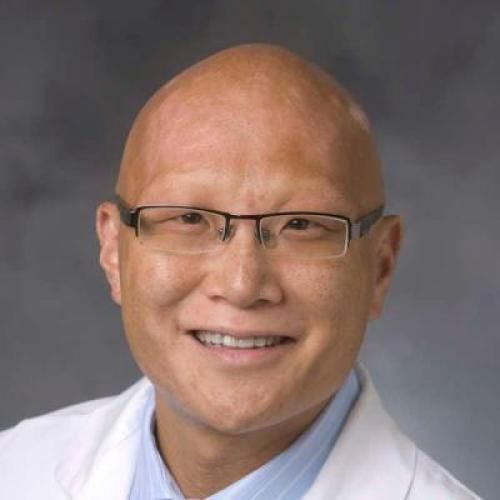
Suppression of ghost artifacts arising from long T1 species in segmented inversion-recovery imaging.
PURPOSE: We demonstrate an improved segmented inversion-recovery sequence that suppresses ghost artifacts arising from tissues with long T1 ( > 1.5 s). THEORY AND METHODS: Long T1 species such as pericardial fluid can create bright ghost artifacts in segmented, inversion-recovery MRI because of oscillations in longitudinal magnetization between segments. A single dummy acquisition at the beginning of the sequence can reduce oscillations; however, its effectiveness in suppressing long T1 artifacts is unknown. In this study, we systematically evaluated several test sequences, including a prototype (saturation post-pulse readout to eliminate spurious signal: SPPRESS) in simulations, phantoms, and patients. RESULTS: SPPRESS reduced artifact signal 90% ± 25% and 74% ± 28% compared with Control and Single-Dummy methods in phantoms. SPPRESS performed well at 1.5 Tesla (T) and 3T, with steady-state free precession (SSFP) and fast low-angle shot (FLASH) readout, with conventional and phase-sensitive reconstruction, and over a range of physiologic heart rates. A review of 100 consecutive clinical cardiac MRI scans revealed large fluid collections (eg, regions with long T1 ) in 14% of patients. In a prospectively enrolled cohort of 16 patients with visible long T1 fluids, SPPRESS appreciably reduced artifacts in all cases compared with Control and Single-Dummy methods. CONCLUSION: We developed and validated a new robust method, SPPRESS, for reducing artifacts due to long T1 species across a wide range of imaging and physiologic conditions. Magn Reson Med 78:1442-1451, 2017. © 2016 International Society for Magnetic Resonance in Medicine.
Duke Scholars
Published In
DOI
EISSN
Publication Date
Volume
Issue
Start / End Page
Location
Related Subject Headings
- Phantoms, Imaging
- Nuclear Medicine & Medical Imaging
- Magnetic Resonance Imaging
- Image Processing, Computer-Assisted
- Humans
- Heart
- Gadolinium
- Contrast Media
- Artifacts
- 4003 Biomedical engineering
Citation

Published In
DOI
EISSN
Publication Date
Volume
Issue
Start / End Page
Location
Related Subject Headings
- Phantoms, Imaging
- Nuclear Medicine & Medical Imaging
- Magnetic Resonance Imaging
- Image Processing, Computer-Assisted
- Humans
- Heart
- Gadolinium
- Contrast Media
- Artifacts
- 4003 Biomedical engineering



